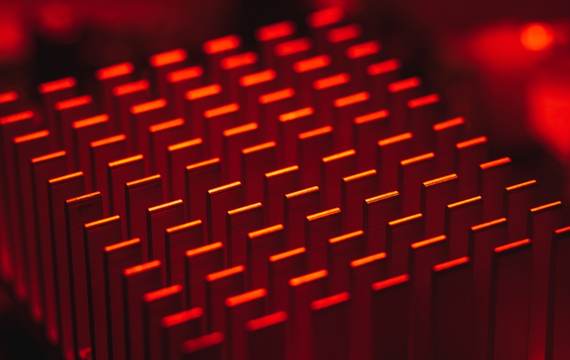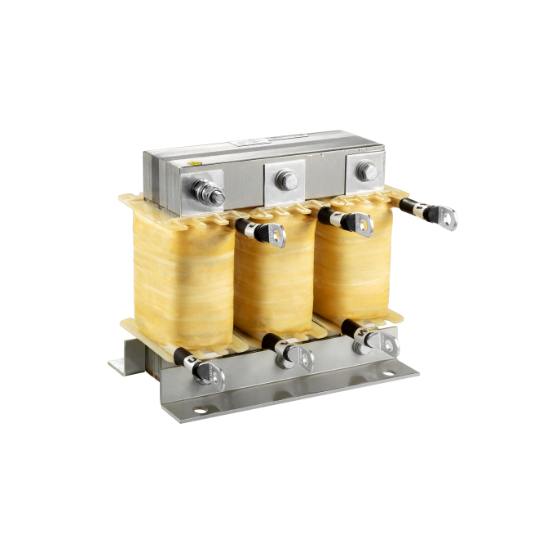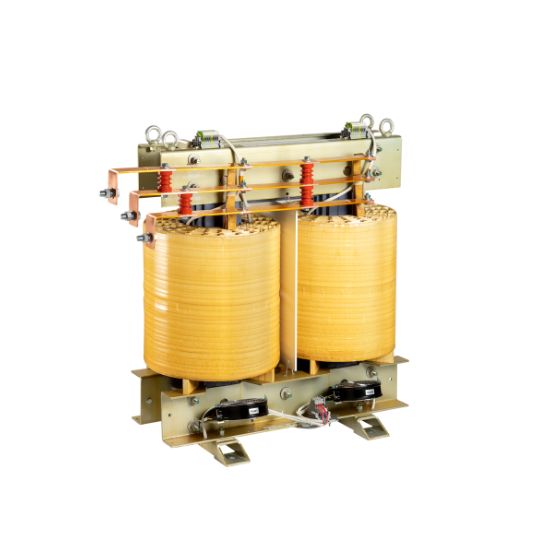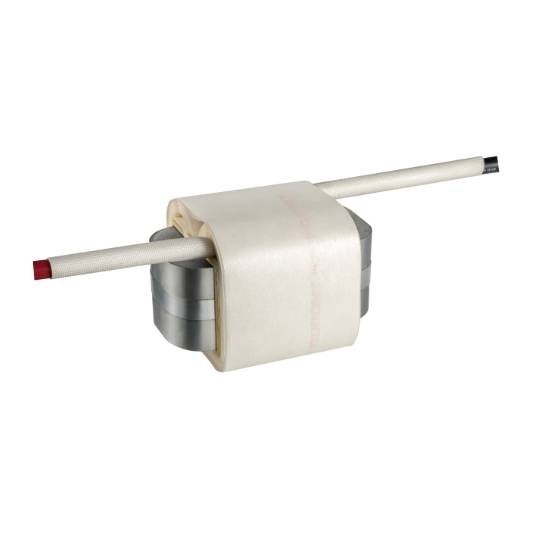K-factor Transformer
K-factor transformer also named as K-factor rating transformer or K rated transformer, could be applied in the non-linear load electrical circuit, K-factor is a weighting of the harmonic load currents in the light of their effects on the heating of the transformer. Sometimes people also call it as UL certificated transformer since it has UL certification.
- Full K rating series(K1,K4,K9,K13,K20) transformers are available in Shinenergy
- Specially applied in the non-linear load circuit
- Prevent power system problems the harmonics currents
- CE, UL certificated transformer

Outstand Capability of Handling the Harmonic
The main feature of the K-factor transformer/K rated transformer is handling the harmonics, with the better capability of handling harmonics compared with the typical transformers, the different K rating number is the indication of the amount of harmonic current that the transformer could handle, output of the K-factor transformer are non-linear load.
Better Temperature Resistance
Shinenergy’s K-factor transformer or K rated transformer with better temperature resistance compared with the typical transformers, K-factor transformer won’t overheat when the temperature rises in a short time.

- Data sheet
- FAQs
| Model No. | MPT-021 |
| Application | Data Center |
| Core Material | Silicone Steel |
| Winding Material | Copper foil |
| DOE | 99.11% |
| Frequency | 50/60Hz |
| Capacity | 450KVA |
| Ratio | (480V+/-2*2.5%)/415V |
| Connection | Dyn11 |
| Weight | 1420KG |
- What is a K-factor Transformer?
- A K-factor transformer is designed to handle nonlinear loads that produce harmonic currents, reducing the adverse effects these currents can have on the transformer.
- What does the K-factor Rating Indicate?
- The K-factor rating indicates the transformer’s ability to handle harmonic currents without overheating. Higher K-factor ratings mean greater capacity to handle harmonics.
- Why are K-factor Transformers Important?
- They are crucial in applications with nonlinear loads, like those with variable speed drives, computer systems, or LED lighting, where harmonic currents are prevalent.
- How Do K-factor Transformers Differ from Standard Transformers?
- Unlike standard transformers, K-factor transformers have additional features like heavier gauge copper windings and better insulation to withstand the heat generated by harmonic currents.
- What are the Common Applications of K-factor Transformers?
- They are commonly used in commercial buildings, data centers, industrial facilities, and any location with a significant presence of nonlinear electronic devices.
- Can a K-factor Transformer Reduce Harmonic Distortion in a System?
- While they are designed to withstand harmonics, they do not reduce harmonic distortion in the electrical system.
- How Do You Determine the Required K-factor for a Transformer?
- The required K-factor is determined by analyzing the harmonic profile of the electrical load and the transformer’s capacity to handle these harmonics.
- Are K-factor Transformers More Expensive than Standard Transformers?
- Yes, typically they are more expensive due to their specialized design and construction.
- What Maintenance Do K-factor Transformers Require?
- Regular maintenance includes monitoring temperature, checking for unusual noises or smells, and ensuring connections are tight.
- Is It Possible to Use a Standard Transformer in Place of a K-factor Transformer?
- It’s not recommended, as standard transformers are not designed to handle the heat generated by harmonic currents, which can lead to overheating and reduced lifespan.

Working Principle of the K-factor Transformer
Shinenergy could provide the UL-certified full series K rating transformers. The K-factor is the value that indicates how effectively a transformer could handle the harmonic current, as well as keep the temperature rise within a limits, the main differences between K-factor transformers and typical ones are better temperature rise control and better handling of the harmonic currents.






